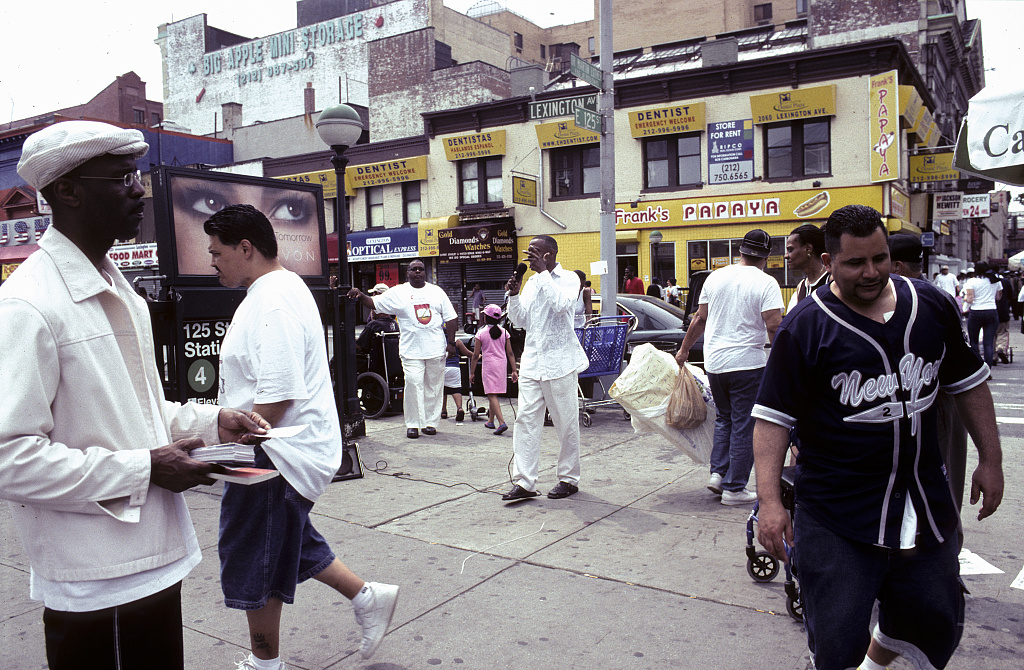
Issues of race and structural inequities have resurfaced in the national dialogue recently across a number of public policy domains, including problems with law enforcement patterns, America’s large prison system, the so-called “resegregation” of schools, debates over welfare benefits and the social safety net, and even public health.
Research has begun to show more precisely how geography and neighborhood circumstances have strong predictive qualities and may substantially influence life chances. Thus, underlying many of the issues of racial inequality are the basic facts of how Americans have “sorted” themselves across towns and cities along racial and income lines, even as the country grows more diverse at the aggregate level and diverse demographic transformations continue to unfold. As the Pew Research Center points out, there are fewer counties across the United States in which a single race or ethnicity is a majority, and the number of counties where whites are a minority has doubled since 1980. But gentrification and segregation remain, and there are still widely varying, and often troubling, patterns at the local and regional levels.
In their 2015 paper for the National Bureau of Economic Research, “The National Rise in Residential Segregation,” Trevon Logan of Ohio State University and John Parman of College of William and Mary explore racial segregation at the neighborhood level by using a new measure of geographic racial segregation. They argue that traditional measures of segregation like ¨dissimilarity¨ and ¨isolation¨ rely on political boundaries, sometimes — as in the case of wards — the result of gerrymandering.
The authors focus on the period from 1880 to 1940, with the idea that demonstrating the new measure’s utility can inform contemporary analysis. The new measure introduced by the paper is based on the race of individuals’ next-door neighbors as observed in national census manuscripts. It “does not require geographical subunits at all, making it possible to look at segregation in any geographical area, a key innovation of our approach.” Logan and Parman further note that “rather than asking whether an individual lives in a ward or tract with many black residents, a question that hinges on how wards or tracts are defined, we can ask whether an individual’s nearest neighbor is of the same race, a question that can be consistently and universally applied to all households.”
Their key findings include:
- Geographic segregation rose massively over the period studied. Whereas a black households in 1880 had a 50% chance of having a white neighbor, “the likelihood of a black family having an opposite-race neighbor declined by more than 15 percentage points from 1880 to 1940, more than a 25% decline in the likelihood of opposite-race neighbors.”
- During that period, segregation rose not simply because blacks migrated to inner cities while whites moved out of them. Indeed, the “increase in racial sorting was quite general. Areas that both gained and lost African-American residents saw substantial increases in racial segregation at the household level.”
- Rising segregation was not limited to urban areas. “While the first decades of the 20th century may have seen the rise of the American ghetto, they also witnessed a substantial rise in rural segregation levels as well … Between 1880 and 1940 the United States became more segregated overall — urban and rural, North and South.”
- Comparing segregation patterns in the South and in the North, the researchers find that “cities in the South were the most segregated in the country and remained so over time. While blacks and whites occupied the same wards and districts in southern cities, they were the least likely to be neighbors.”
- The researchers’ findings call into question former interpretations of how segregation changed over time. They show that “traditional measures obscure a substantial amount of within-district segregation that is particularly pronounced in the South.” Whereas “blacks and whites may have lived in the same wards in southern cities, they were less likely to live in close proximity to one another.”
The authors note that their findings call “for a reinterpretation of segregation trends over time.” They suggest that “the roots of contemporary segregation may be more varied than previously thought.… These findings add a new dimension to the changing residential patterns of the late 19th and early 20th centuries.” While their paper focuses on segregation patterns between 1880 and 1940, the researchers call for an application of their measures to more recent data. They hope that “this will offer a better understanding of the modern impacts of segregation on schooling and labor market outcomes, health outcomes and the neighborhood effects and social networks that influence a range of socioeconomic outcomes.”
Related research: A 2012 paper by scholars at Harvard and Duke that uses more traditional measures also found increasing segregation in the early part of the 20th century as well as a decline in segregation in the latter half of the 20th century. Based on the study’s methodology, in 1960 nearly 50% of the black population lived in neighborhoods with an African-American share above 80%. Today, only 20% of the black population lives in a neighborhood where the African-America population is above 80%.
Keywords: racial segregation, neighborhoods, racial relations, African-American, inequality
